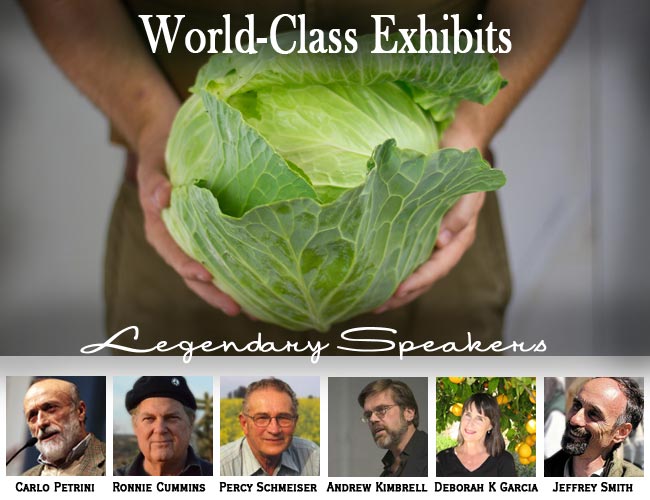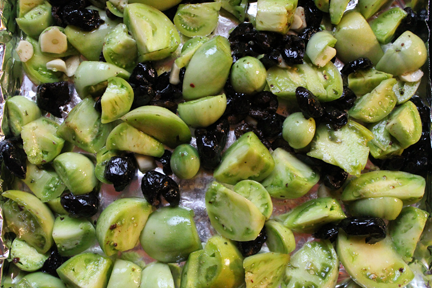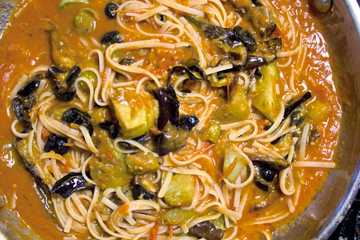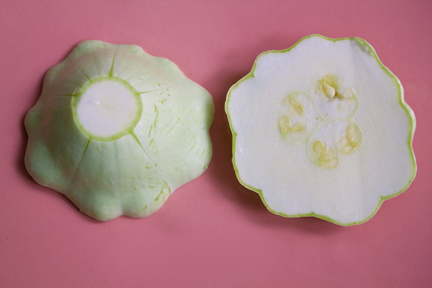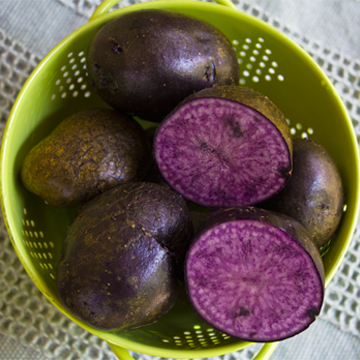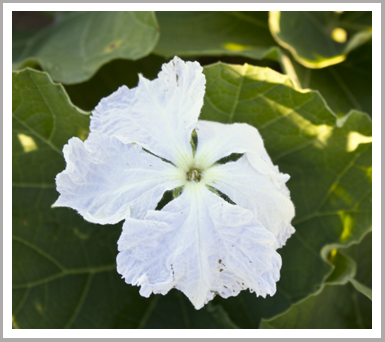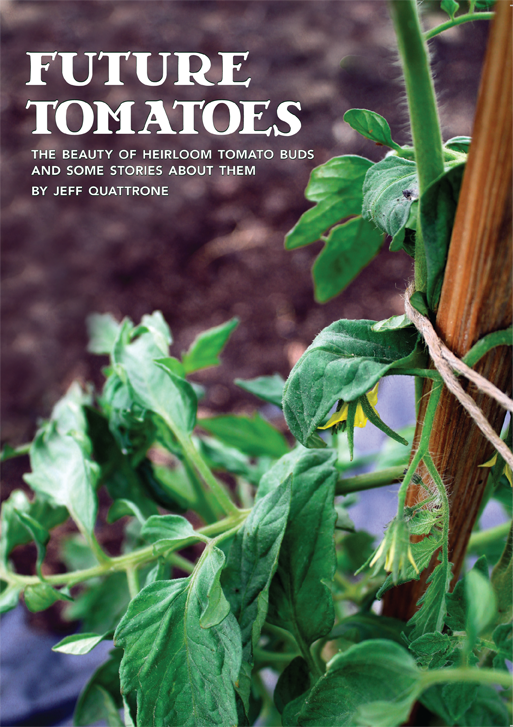Countdown to Terra Madre – A Primer
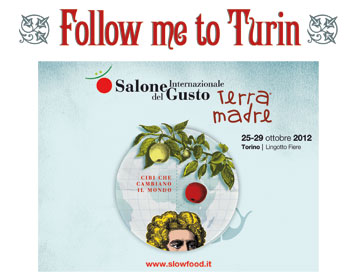 A month from now, October 23, 2012, I will be leaving for Salone del Gusto Terra Madre in Turin, Italy. I didn't plan to have my first post up exactly a month out. It just worked out that way. (wink)
I'm excited and honored to be attending as press since my paternal grandparents are from Calabria, and my maternal grandparents are from Basilicata. All of them were from farming families. I'm very grateful to have the opportunity to attend this event, whose organizer works to preserve food heritage and traditional farming practices. That honors my heritage. The high fructose corn syrup free icing on the cake would be, if my dual citizenship with Italy is confirmed before I leave. It will be close. In April, I was told it would be at least six months before I would received my certificate of Italian citizenship. October is the sixth month. Considering this is my first trip to Italy, taking the first step onto Italian soil as citizen, would a moment on my lifetime. If not THE moment.
A month from now, October 23, 2012, I will be leaving for Salone del Gusto Terra Madre in Turin, Italy. I didn't plan to have my first post up exactly a month out. It just worked out that way. (wink)
I'm excited and honored to be attending as press since my paternal grandparents are from Calabria, and my maternal grandparents are from Basilicata. All of them were from farming families. I'm very grateful to have the opportunity to attend this event, whose organizer works to preserve food heritage and traditional farming practices. That honors my heritage. The high fructose corn syrup free icing on the cake would be, if my dual citizenship with Italy is confirmed before I leave. It will be close. In April, I was told it would be at least six months before I would received my certificate of Italian citizenship. October is the sixth month. Considering this is my first trip to Italy, taking the first step onto Italian soil as citizen, would a moment on my lifetime. If not THE moment.
If the above is not enough inspiration, there's more. Slow Food International (SFI) has put together a comprehensive educational event that fosters a strong community. Let's start with SFI's description of the event from a recent press release;
For the first time, Salone del Gusto and Terra Madre merge to create a single event that will be held on October 25-29, 2012 in Turin, Italy. The biennial event organized by Slow Food, the City of Turin and the Region of Piedmont in collaboration with the Italian Ministry for Agricultural, Food and Forestry Policies, will display the extraordinary diversity of food from all continents and unite small-scale farmers and artisans from around the world who follow the principles of good, clean and fair.
To support this mission, the following will be presented. From the from the Salone del Gusto website;
Taste Workshops – In the year that the Salone del Gusto and Terra Madre merge to create a single event that can better communicate Slow Food’s message, the Taste Workshops will also reflect this change. They’ll be giving more space to the network’s key issues and campaigns: the importance of biodiversity and sustainability, the protection of the landscape and the rediscovery of traditional knowledge. As usual, they will feature tastings led by producers, chefs, winemakers, brewers and experts.
Master of Food: A Taste for Learning – The Master of Food courses at the Salone del Gusto and Terra Madre offer a series of practical activities, stimulating and reinforcing learning through direct experience. That’s the spirit behind the courses, “Horticulture” and “Cooking Without Waste,” dedicated to sustainable production and consumption and designed to cater to visitors from both Italy and abroad. The production and cooking techniques outlined in these courses are simple yet powerful ideas that have the potential to change the world. Translation into English will be provided.
Theater of Taste – Chefs take to the stage, surrounded by an amphitheater of audience members. Their every move is followed by video cameras that capture their dexterity and culinary tricks and broadcast them on a big screen. The chefs will be preparing their signature dishes for the audience to sample and reveal the secrets behind their preparation.
Meetings With the Makers – Eagerly awaited by connoisseurs and professionals, or anyone who likes the idea of trying out new beers or following the last 30 years of Italian wine history, glass in hand: Meetings with the Makers events are held in a salon in the heart of the Salone del Gusto and Terra Madre, where you will be welcomed with delicious tastings and delightful stories, anecdotes and confessions from great figures from the international food and wine world.
Dinner Dates – Take a tour of the world’s cuisines: 39 chefs will be coming to Piedmont for 23 Dinner Dates, hosted by prestigious restaurants in and around Turin and famous wineries in the Langhe.
Slow Food Education – To help explain how food changes the world Slow Food will be organizing many fun and educational activities that invite visitors of all ages to rediscover the pleasures of conviviality, shop and eat responsibly, respect the seasons, benefit from biodiversity, train the senses and get to know the people who farm, catch and produce the foods that end up on our plates every day.
Conferences – Food changes the world through the choices of responsible consumers, chefs and producers who care about the stories of the products that they eat, cook and make. The Salone del Gusto and Terra Madre Conferences are an opportunity to talk about these experiences, to open up the debate on how responsible eating habits can improve our health and that of the planet’s and call into question the distortions and paradoxes of large-scale production and distribution systems.
The offer is on for a great experience. I can't wait. I seemed to have worked out some minor technical issues with posting from iPad, so I plan on updating as much as possible. I'll have more specific posts in the next 30 days.










